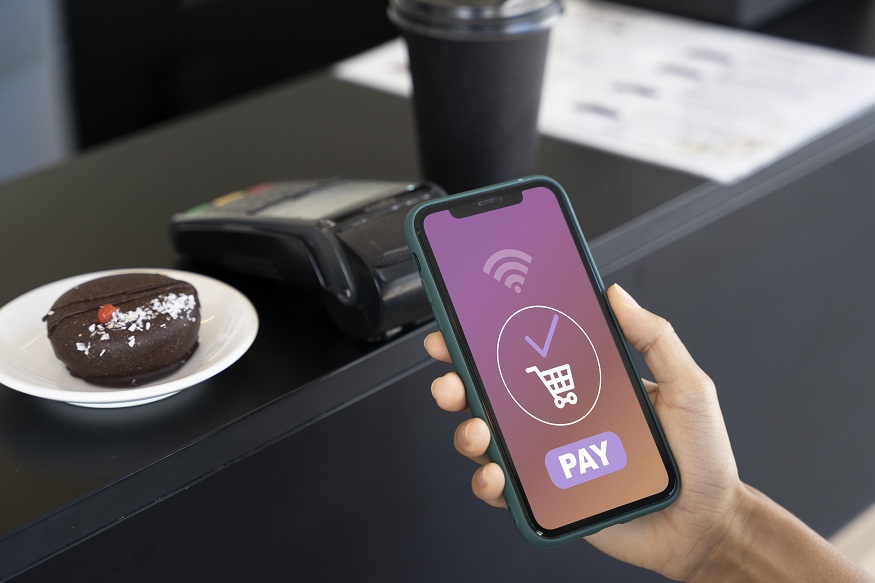In recent years, India has witnessed a financial revolution with digital transactions becoming a mainstay in everyday life. The Unified Payments Interface (UPI), in particular, has transformed how we handle money, allowing for quick and seamless transactions. However, this ease brings with it questions about security. Undoubtedly, the layers of safety behind each UPI payment are both complex and reassuring. This article will delve into these protective mechanisms, revealing how every Secure UPI App ensures the safeguarding of your hard-earned money.
Understanding UPI: A Brief Overview
Unified Payments Interface, or UPI, is a revolutionary digital payment system developed by the National Payments Corporation of India (NPCI). It allows users to link multiple bank accounts to a single mobile application and make transactions with ease. Whether you’re paying a friend, shopping online, or dining at a restaurant, UPI makes the process remarkably simple. But what happens behind the scenes to ensure that each transaction is secure?
The Architecture of UPI Security
Multi-Factor Authentication (MFA)
At its core, UPI employs multi-factor authentication to ensure secure transactions. When a user initiates a transaction, they must authenticate their identity using multiple methods. Typically, this involves:
- Something You Know: Your UPI PIN, which is exclusive to you.
- Something You Have: Your mobile device, which is linked to your bank account.
This layered approach is like having various locks on a door; even if someone gets past one, they still have barriers to overcome.
Encrypted Transactions
Encryption plays a pivotal role in safeguarding your information. When you make a UPI payment, your data is encrypted—converted into a code—to prevent unauthorised access. This means that sensitive data like account numbers and transaction details are transformed into an unreadable format that is only decipherable with the correct decryption key. It’s akin to sending a document in a locked box that only the receiver holds the key to.
Real-Time Monitoring
UPI systems engage in real-time monitoring of transactions, which helps in detecting anomalies swiftly. If a transaction seems out of the ordinary, based on the user’s pattern, alerts are generated instantly. For instance, if you suddenly make a large transaction from an unusual location, your Secure UPI App may notify you. This proactive measure works like a vigilant security guard, ready to act at a moment’s notice.
Regulatory Oversight and Compliance
Role of NPCI
The National Payments Corporation of India (NPCI) is instrumental in maintaining the integrity and safety of UPI transactions. Complying with stringent regulatory standards, the NPCI constantly updates its protocols to combat emerging threats. This is similar to how a school updates its curriculums to align with the latest educational standards, ensuring that all students—and in this case, transactions—are protected and informed.
Banking Partners’ Role
Each participating bank plays a crucial role in maintaining the security infrastructure. They use firewalls, periodic audits, and security patches to protect their systems from threats. It is a collaborative effort, much like a neighbourhood watch program, where different entities work together to ensure collective safety.
User Responsibility: Your Part in Security
While the technological framework is robust, users have a pivotal role to play in ensuring their own security. Here are some practical steps users can take:
Regularly Update the App
Keep your Secure UPI App updated. Updates often contain vital security patches that address newly discovered vulnerabilities. Think of it as getting a vaccine booster to keep infections at bay.
Monitor Your Transactions
Stay vigilant with your bank statements and notifications. Immediate reporting of any suspicious activity can prevent potential fraud. This habit is much like checking your rear-view mirror while driving—it keeps surprises at bay.
Use Strong PINs
Create strong, unpredictable UPI PINs and change them periodically. Avoid using easily guessed numbers like birthdays. This is akin to choosing a complicated password for your email; the more complex it is, the less likely it is to be cracked.
Advanced Security Features in Modern UPI Apps
Biometric Authentication
Many modern UPI apps integrate biometric authentication, such as fingerprint or facial recognition. This adds another layer of security because, unlike a PIN, your biometric data is unique and cannot be easily replicated.
Transaction Limits
Set transaction limits to control how much money can be moved without further authentication. This ensures that even if someone gains access to your account, they cannot drain it immediately. It’s like setting a spending limit on a child’s pocket money—control remains with the parent (or the account holder).
Statistics and Real-World Analogies
According to a report by NPCI in 2022, UPI transactions crossed a remarkable 45 billion in volume, reflecting the system’s paramount popularity and trust. Such statistics underline that while digital fraud exists, the highly secure framework and continuous adaptations have managed to keep large-scale breaches at bay. Imagine it as a bustling city under constant surveillance—though crimes may occur, organised security measures ensure they’re swiftly addressed.
Conclusion: The Future of UPI and Security
The Unified Payments Interface has undeniably revolutionised financial transactions in India, marrying convenience with security. Nevertheless, in this ever-evolving digital landscape, staying abreast with technological advances and potential vulnerabilities is crucial. The NPCI and associated banks are steadfastly working towards enhancing the robustness of UPI’s security layers, but the onus also lies with users to adopt best practices.
As more people integrate UPI into their daily lives and businesses, the emphasis on security will only intensify. It is vital to remain informed and vigilant, ensuring that technology remains a tool for empowerment rather than vulnerability.
So, the next time you make a UPI payment, rest assured that multiple intricate layers are actively protecting your financial details. And, perhaps, consider sharing these insights with a friend or relative who might still be wary of digital payments. Empower them with knowledge, for in the era of digital money, wisdom is indeed power.
By adopting these practices, users can enjoy the full benefits of a Secure UPI App, confident in the knowledge that their financial interactions are well-protected—akin to a fortress with multiple defenses. After all, when it comes to our finances, peace of mind is priceless.

